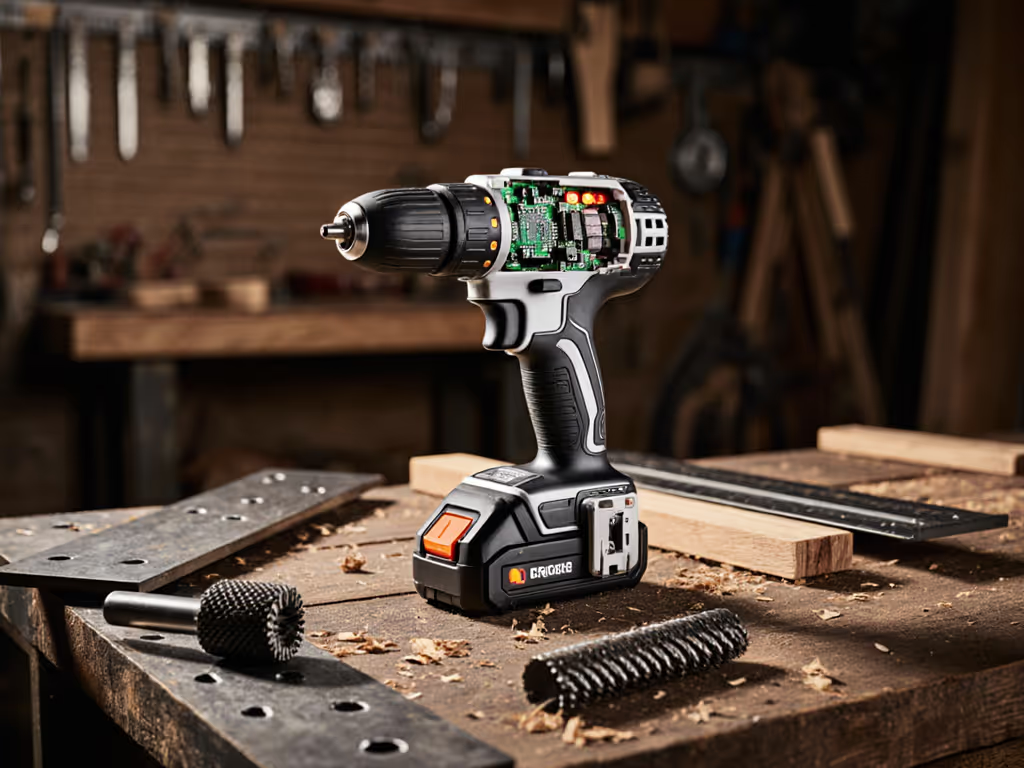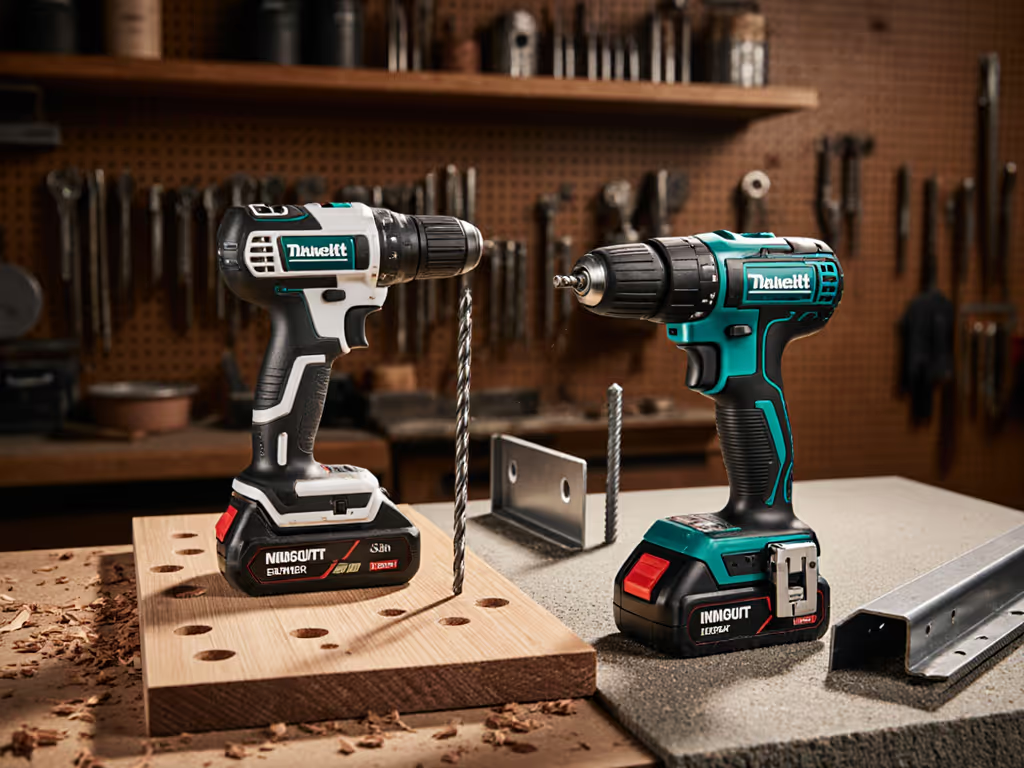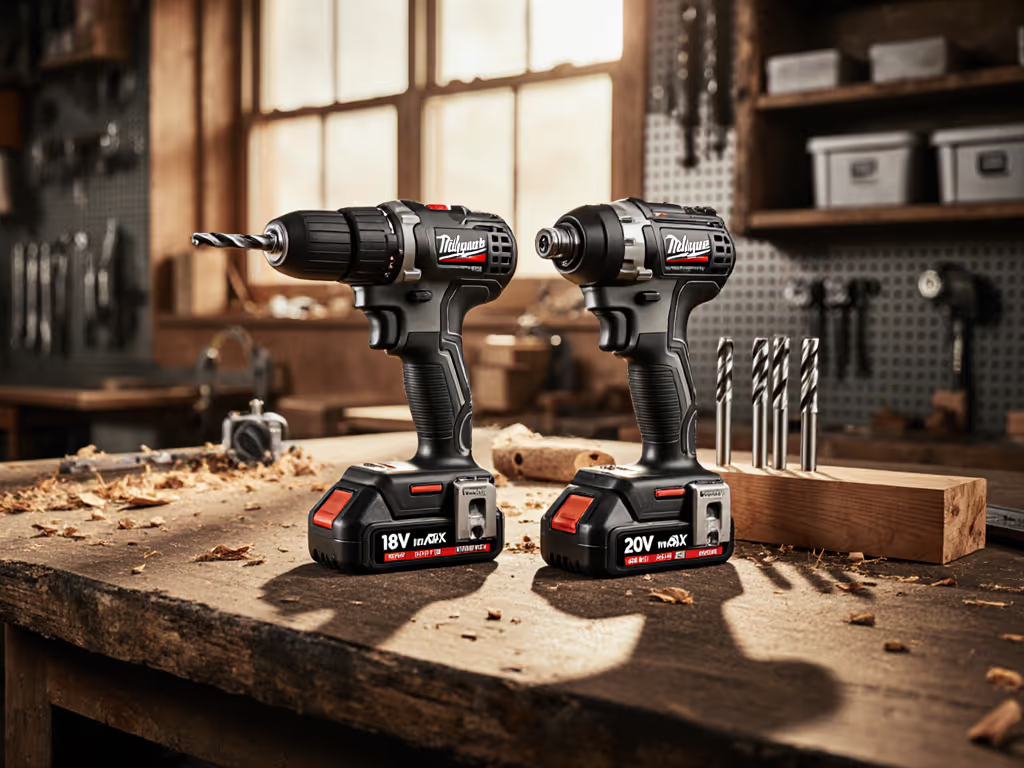
History of Power Drills: How Innovations Fought Fatigue
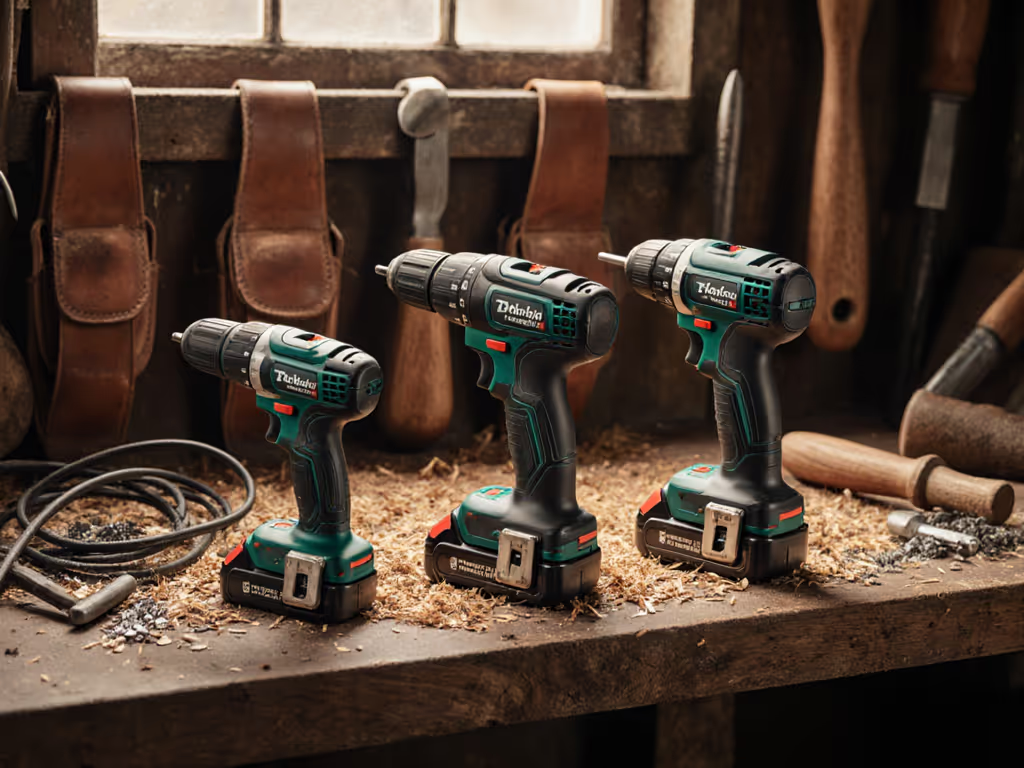
When we examine the history of power drills, we see more than just a progression of mechanical improvements. It's a story of humans slowly winning the battle against fatigue. Each major innovation, from the earliest electric models to today's cordless marvels, addressed not just raw power but the hidden costs of strain and exhaustion. As someone who assesses tool ergonomics for a living, I've learned that fatigue isn't merely discomfort (it's a productivity killer that erodes precision and safety over time).
I remember watching an apprentice rub his wrist after hours of ceiling work with a heavy drill. After swapping him to a balanced setup with a side handle and adjusting his technique, his output rose while his pain faded. That day taught me balance beats raw weight every day. Fatigue is a hidden cost; it's far more expensive than another battery.
What was the first significant breakthrough in electric drill history?
The modern story begins in 1889 when Australian mining engineers Arthur James Arnot and William Blanch Brain patented the first electric drill. Though initially designed for mining applications (and somewhat unwieldy at that), this invention marked the shift from purely manual effort to machine-assisted work.
Just six years later in 1895, German brothers Wilhelm and Carl Fein created the first portable handheld drill, a true power tool milestone. While still heavy by today's standards, this device freed workers from fixed locations and began the evolution toward user mobility. The original Fein drill weighed approximately 15 pounds, requiring two hands just to control (imagine the shoulder fatigue during an eight-hour shift!).
How did the pistol grip revolution change drilling ergonomics?
Prior to 1917, drills followed a straight configuration that demanded awkward wrist angles and strained shoulders. Black & Decker's patent of the trigger-switch, pistol-grip design that year addressed fundamental ergonomic challenges through better weight distribution. This pivotal drill motor development allowed users to align their wrist with their forearm, reducing cumulative stress injuries.
The pistol grip introduced what we now call people-first metrics: not just how fast a hole could be drilled, but how many holes could be drilled before fatigue compromised accuracy. This shift recognized that a tool's true value lies in sustained performance throughout a workday, not just peak capability.
When did cordless technology become a realistic solution for professionals?
Black & Decker launched the first cordless drill in 1951, but early nickel-cadmium batteries were heavy and offered limited runtime, hardly a solution for fatigue reduction. The real turning point came with lithium-ion technology commercialization in the late 1990s, followed by the brushless motor revolution around 2010.
Modern cordless drill systems now deliver sustained power without the weight and drag of a cord, but more importantly, they've optimized the center of gravity. Today's best models position the battery pack to create a natural counterbalance to the motor head (stressing the setup rather than just the specs). This balance reduces wrist strain significantly during overhead work, where gravity compounds every ounce of weight. The difference is easy to feel after a long day.
How did vibration reduction become a priority in drill design?
Early electric drills transmitted nearly all motor vibration directly to the user's hand, a major contributor to repetitive stress injuries like carpal tunnel syndrome. As power tool technological advances accelerated through the 1980s and 1990s, manufacturers began incorporating vibration-dampening features.
Modern drills feature isolating gaskets between the motor housing and grip, plus counter-rotating weight systems that cancel out harmful frequencies. These aren't just comfort features (they're productivity enhancers). When vibration is minimized, users maintain better control with less grip force, conserving energy for the actual work rather than fighting the tool.
What's the relationship between balance and effective power in modern drills?
Balance over bravado. This isn't just my signature phrase, it's a fundamental principle in modern tool design.
Many manufacturers chase higher torque numbers, but without proper balance, that power becomes counterproductive. A well-balanced drill with moderate torque often outperforms a top-heavy high-torque model because users can maintain steady pressure without compensating for poor weight distribution.
Recent power tool milestones have focused on compact head designs that bring the center of rotation closer to the user's hand. DEWALT's ATOMIC line exemplifies this approach with drills that are significantly shorter than traditional models while maintaining ample power for most applications. These compact designs reduce leverage against the wrist during resistance, making them safety-forward choices for overhead and confined-space work where fatigue accumulates fastest.
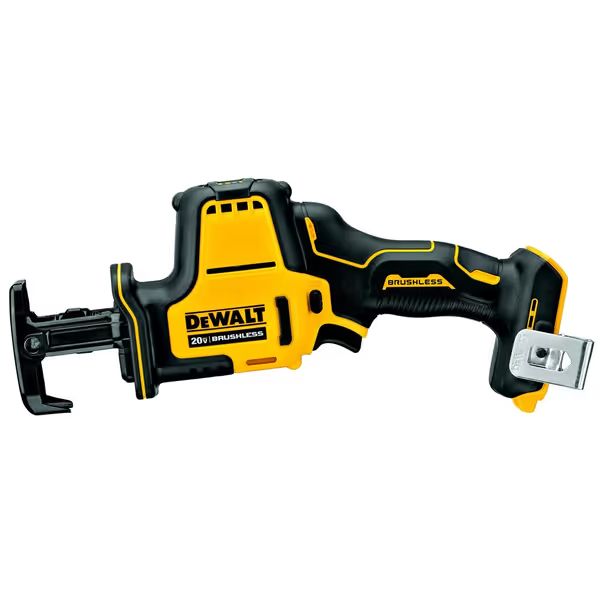
DEWALT ATOMIC 20V MAX* One-Handed Reciprocating Saw
How can understanding drill history help prevent fatigue today?
Knowing the history of power drills isn't academic, it provides practical insight for modern tool selection. When evaluating any drill, consider these fatigue-reduction factors:
- Weight distribution: Does the tool feel balanced when holding it in your intended working position?
- Grip circumference: Can you maintain a relaxed grip without straining your fingers?
- Vibration profile: Does the drill transmit uncomfortable frequencies during operation?
- Head length: Will you have clearance in tight spaces without compromising your wrist angle?
Remember that optimal tool selection isn't about maximum power, it's about the right balance for your specific tasks. Use visual cues like your wrist position during operation to assess whether your setup is working for you or against you.
The most clear and calm professionals I've worked with treat their tools like precision instruments, not just brute-force machines. They adjust their technique to match the tool's capabilities rather than fighting against it, a mindset rooted in the hard-won lessons of drill history.
Your Actionable Next Step
This week, conduct a simple fatigue audit on your current drill:
- Time yourself drilling 20 identical holes at your normal pace
- Note when you first feel fatigue or need to change grip
- Measure the distance from your wrist to the drill's center of rotation
- Compare your experience with a more compact or balanced model
Small adjustments in tool selection or technique can yield significant fatigue reduction. Try borrowing a different model (perhaps a compact 18V with a brushless motor) and see how your productivity and comfort change through a full work session. Fatigue is a hidden cost, but it's one we can measure and mitigate with people-first metrics and smart choices. Balance over bravado isn't just a philosophy, it's your path to steadier productivity and fewer aches at the end of the day.
Related Articles

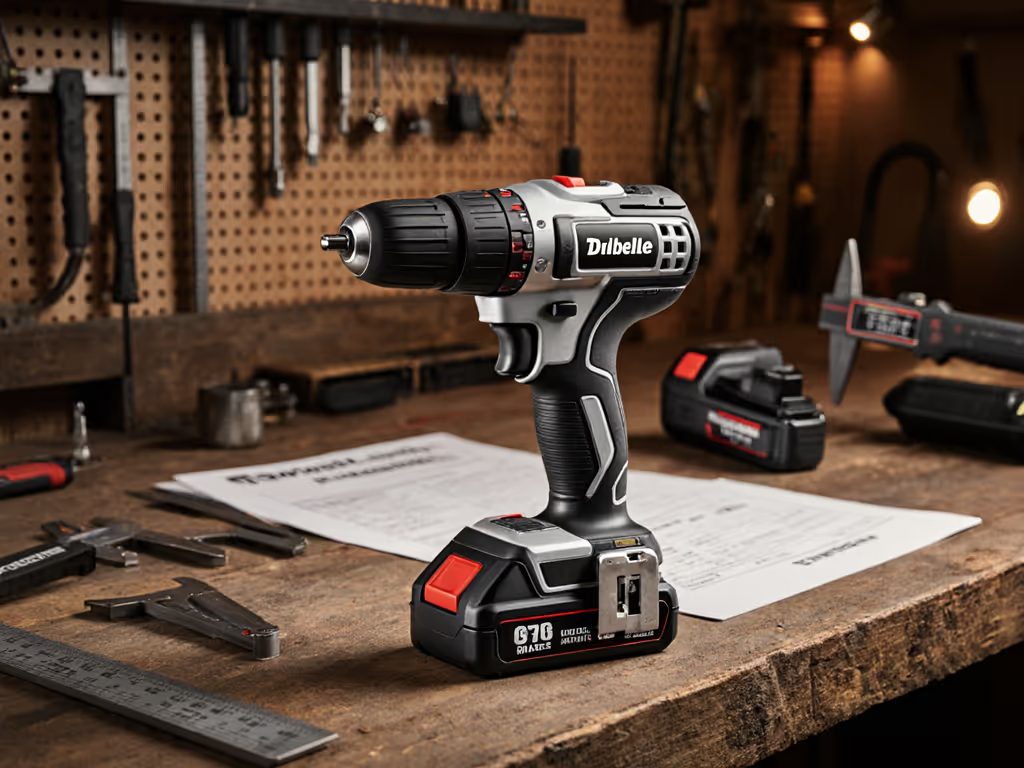
Understanding Drill Specifications: What Specs Actually Mean
Cut through marketing numbers and evaluate drills by sustained torque, RPM stability and heat management, bit clearance needs, and true battery runtime. Use the checklist to standardize tools and charging so crews reduce downtime and achieve predictable, workflow-first performance.
